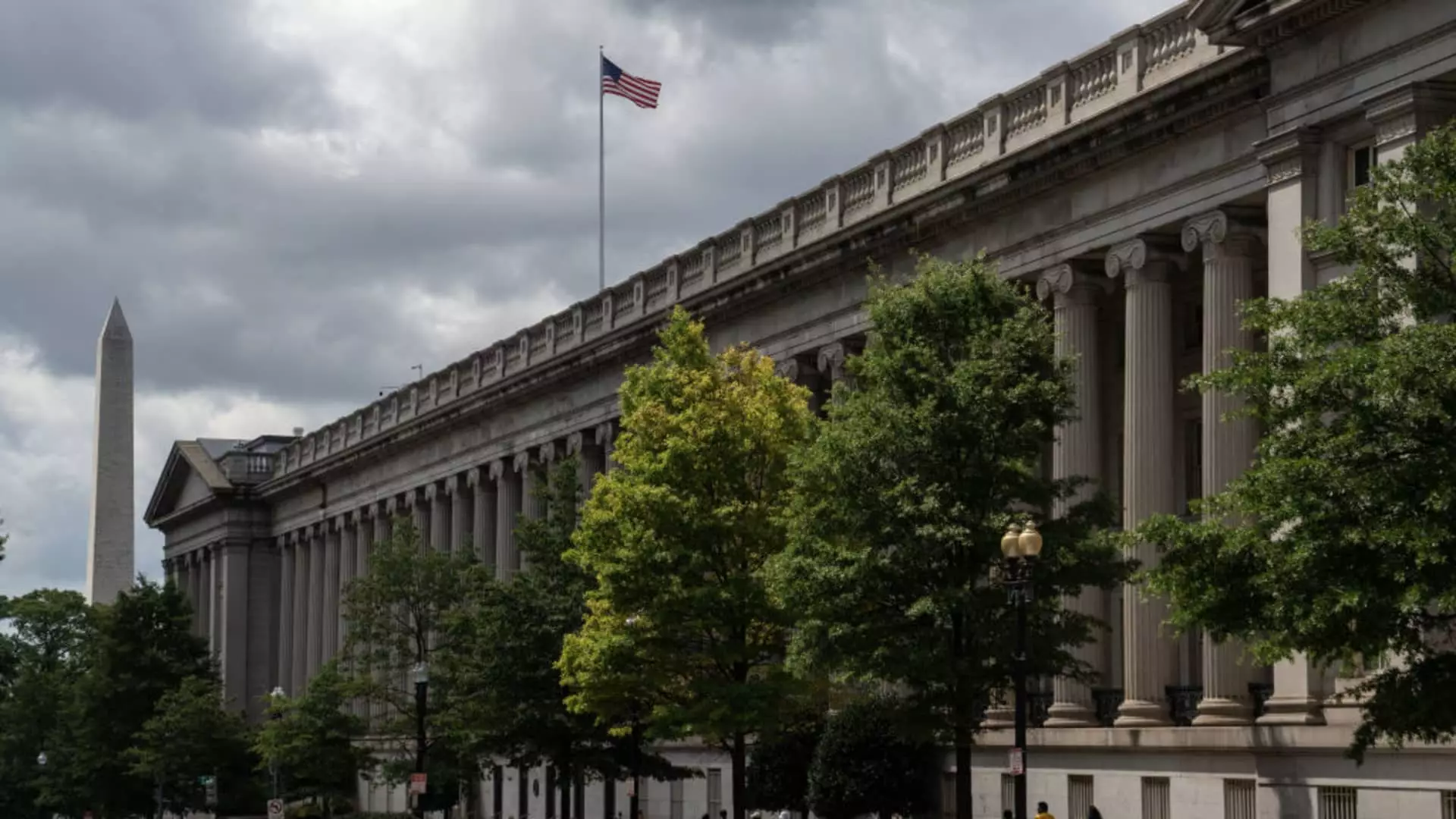As we delve into the world of fixed income investments, it’s crucial to recognize the precarious position investors find themselves in as we approach 2025. With the bond market’s tumultuous phase expected to persist, nearly $3 trillion worth of U.S. debt is poised to reach maturity in the upcoming year. A significant portion of this debt consists of short-term notes, which the Treasury has ramped up over the past several years. This substantial issuance reflects not only the urgency for immediate financing but also an ongoing struggle with the national budget deficit, which hovers around $2 trillion.
With the likelihood that the Treasury Department will aim to extend the duration of this impending maturing debt, market dynamics may face unexpected strains. Analysts and experts warn that the market might not be equipped to absorb the massive influx of Treasury securities that will be necessary to maintain governmental operations. The implications of this are profound, especially for fixed income investors who have already been grappling with rising yields and fluctuating prices.
Tom Tzitzouris, the head of fixed income at Strategas Research Partners, offered critical insights during a recent appearance on CNBC’s “Squawk Box.” He emphasized that if the trend of running trillion-dollar deficits persists beyond 2025, the ramifications for Treasury bill issuance will be severe. The bond market could face a situation where the overwhelming amount of available short-term notes, estimated at $2 trillion in excess bills, leads to further complications. Investors might see these instruments gradually move towards longer durations, potentially heightening volatility and decreasing liquidity in the market.
Historically, U.S. Treasury operations have aimed to maintain short-term bills at around 20% of the total debt profile. However, the pressures of ongoing budgetary disagreements and the essential need for immediate cash have pushed this figure higher. In fact, the total issuance of Treasury securities hit an unprecedented $26.7 trillion throughout 2024, marking an increase of 28.5% from the previous year. These shifts indicate not only the magnitude of fiscal challenges but also the extent to which market operations are adjusting to this evolving landscape.
Political dynamics further complicate the landscape for fixed income investors. The Treasury Department has been criticized for allegedly prioritizing short-term financing tactics to bolster economic performance over a politically sensitive election year. Figures such as Janet Yellen and economist Nouriel Roubini have faced scrutiny from Republicans who argue that this strategy might not be sustainable and could ultimately compromise long-term fiscal health. Critics like Scott Bessent, who has ties to Donald Trump’s administration, have voiced their concerns regarding the adequacy of Treasury’s current approach.
With short-term funding measures underscored by significant political implications, the overall sentiment among fixed income investors remains wary. The Federal Reserve’s decision to lower benchmark borrowing rates late in 2024 has ushered in an era of rising yields; as prices and yields inversely affect one another, the overall outlook for the Treasury market has decidedly darkened. The iShares 20+ Year Treasury Bond ETF (TLT), for instance, faced an 11% decline in 2024—a stark contrast to the S&P 500’s impressive 23% gain. This highlights the difficult economic climate for government bonds relative to equities.
As 2025 approaches, the fixed income market stands at a crossroads. With the composition of Treasury debt shifting dramatically and unprecedented deficits looming, investors must carefully assess their strategies. The anticipated reduction of the deficit next year may offer a measure of relief, but the transition in the debt profile raises questions about market stability and investment safety.
While the immediate concerns surrounding yield pressures and issuance patterns dominate discussions, it is crucial to maintain a macroeconomic perspective. The interconnectedness of fiscal policy, political will, and global economic trends will undoubtedly shape the future for fixed income investors in profound ways. As such, navigating the complexities of the bond market in the near term will require a combination of keen analysis and adaptive strategy. As we embrace this uncertain landscape, investors must prepare for a period of heightened volatility and shifting dynamics within the fixed income arena.


Leave a Reply